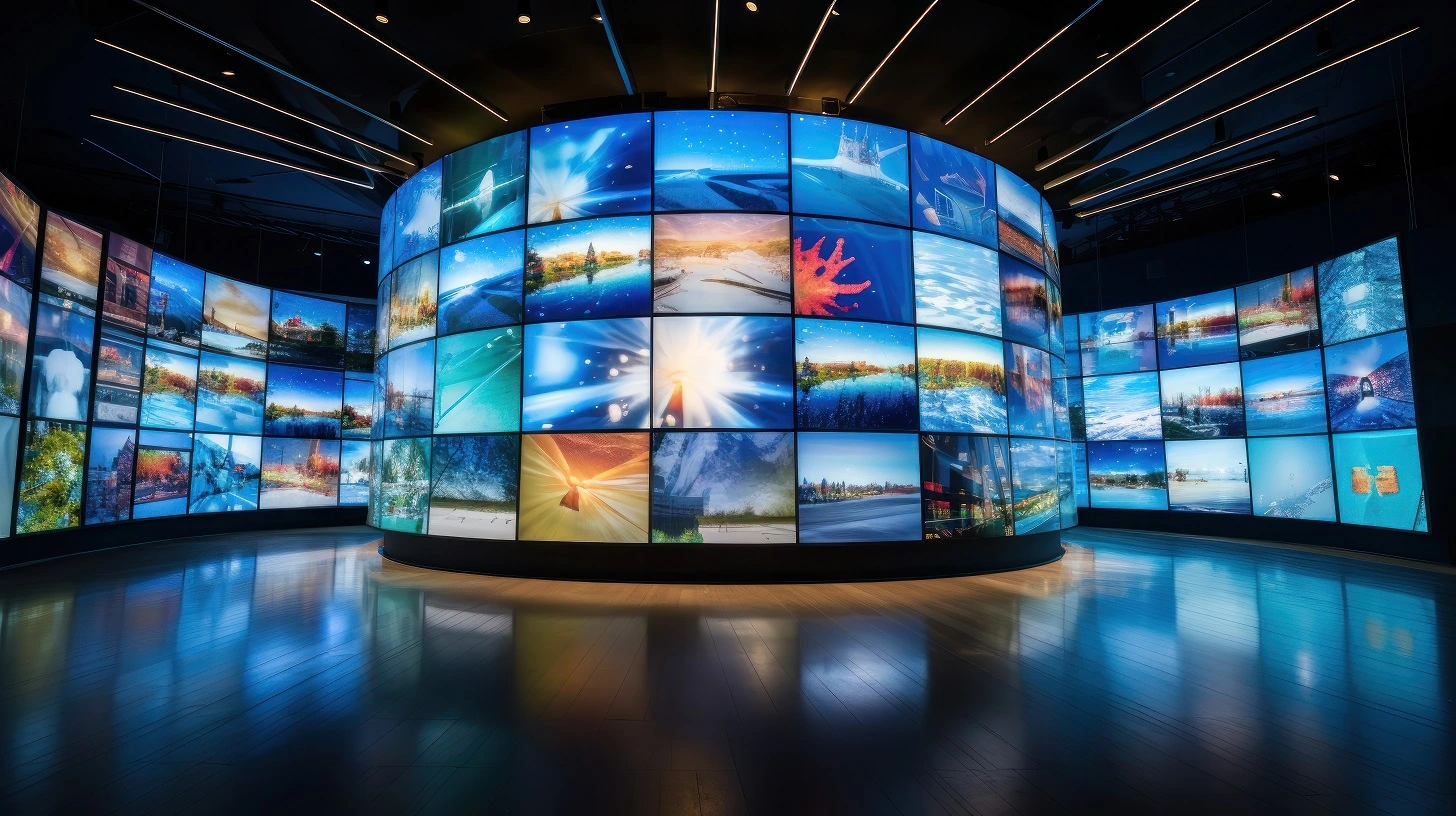LED wall units have secured traction for their capacity to deliver crisp imagery in multiple settings, from corporate environments to event venues. One of the primary aspects of these systems is their interface capabilities, which allow users to connect them to multiple devices and systems. Understanding the diverse connectivity options available for LED wall panels is essential for enhancing their use and effectiveness. This article explores these options, highlighting how they can cater to specific needs and preferences.

One frequent connection approach for Light Emitting Diode wall panels is HDMI. HDMI is broadly known for transmitting high-quality video and audio streams between devices. This connection type is especially beneficial in commercial settings, such as meeting spaces or training rooms, where presentations or video content are often displayed. By using digital connectors, users can seamlessly connect laptops, projectors, and streaming devices to Light Emitting Diode wall panels, ensuring a clear and dynamic display of information.
Another commonly used interface option is DisplayPort, which is comparable to High-Definition Multimedia Interface but offers additional advantages. Display Port can support elevated refresh rates and resolutions, making it an excellent choice for interactive media or design-heavy applications. For those using LED wall panels in environments where performance is essential, such as competitive gaming venues or design studios, DisplayPort can provide the required visual clarity. Additionally, many modern computers and graphics cards include Display Port connections, making it reference a practical option for technology-oriented professionals.
In contrast to HDMI and DisplayPort, wireless transmission methods are becoming progressively prevalent in LED wall panel technology. Wireless interfaces allow operators to transmit content without the need for physical cables, promoting a streamlined and more adaptable configuration. Platforms such as Wi-Fi and Bluetooth allow users to connect smartphones, tablets, and laptops directly to LED wall panels without cumbersome wires. This versatility is particularly beneficial in dynamic environments like trade shows or live functions, where rapid adjustments to displays are often required.
For extensive deployments or more complex configurations, LAN integration through Ethernet is another viable option. Wired links provide a consistent and reliable way to connect multiple LED wall panels within a network. This setup is ideal for electronic display use cases found in shopping malls or airports, where multiple panels may need to display coordinated content across a broad area. By using network cabling and network switches, users more can ensure that all connected panels receive uniform data and content efficiently.
Finally, it's crucial to evaluate the evolution of interface technology with advancements such as Universal Serial Bus-C and Thunderbolt Three. These next-generation interfaces offer enhanced data transfer rates and flexibility by allowing one cable to handle both power delivery and data exchange. As more devices adopt these standards, LED wall panels equipped with USB-C ports will likely become more common. This evolution in connectivity not only enhances the functionality of Luminescent Diode wall panels but also aligns with the emerging trend of minimalistic design in hardware arrangements by minimizing the number of wires required.
In summary, examining the broad interface methods accessible for LED wall panels uncovers many opportunities for operators across multiple fields. From traditional methods like HDMI and DisplayPort to contemporary cordless technologies and LAN setups, each pathway serves specific purposes suited to distinct needs. Furthermore, next-gen technologies like Universal Serial Bus-C promise further advancements in how users interact with LED wall panels. By grasping these connectivity choices, end-users can make strategic selections that optimize their overall engagement with these multifunctional visual solutions.